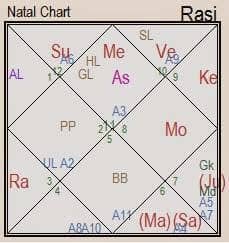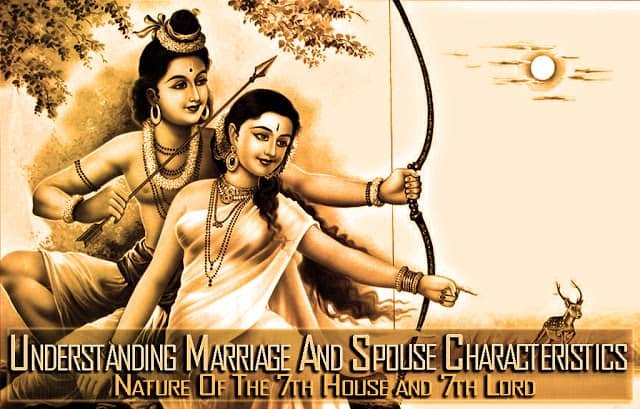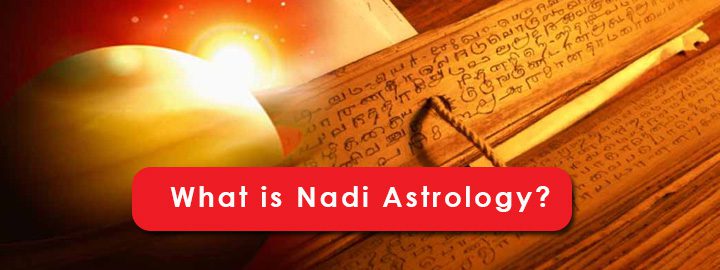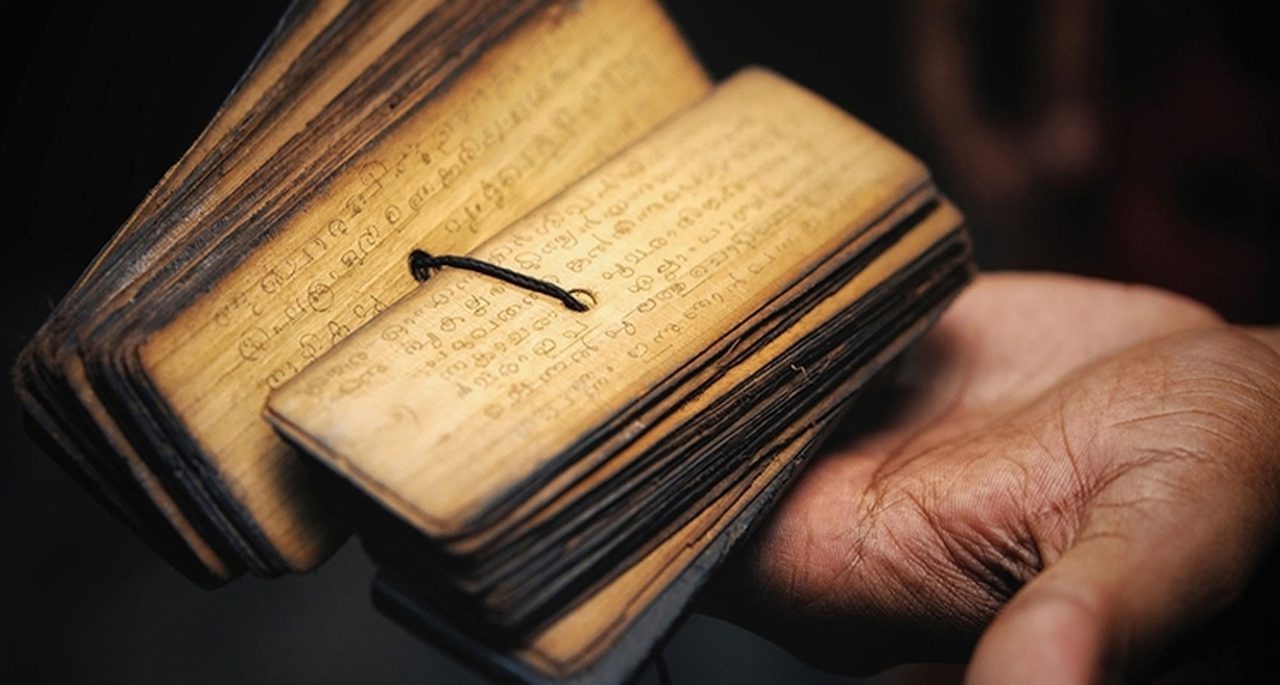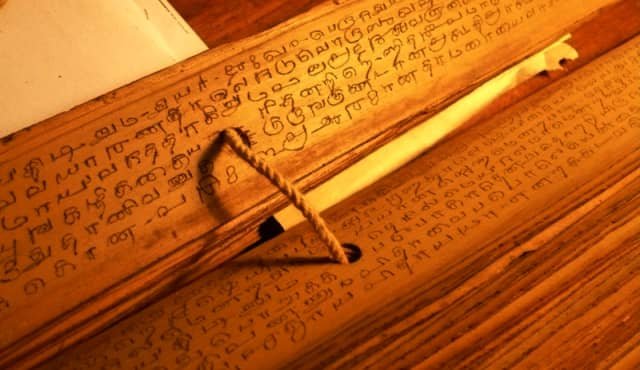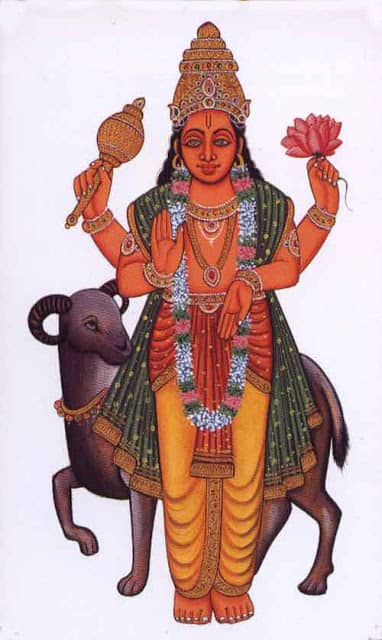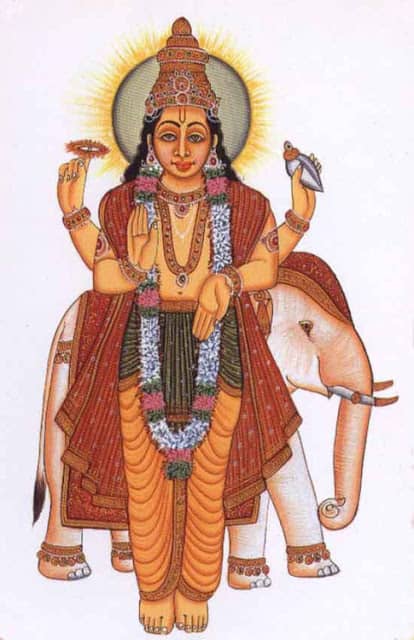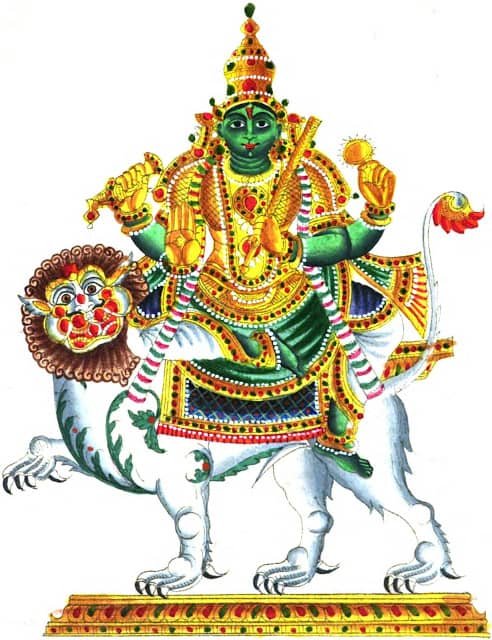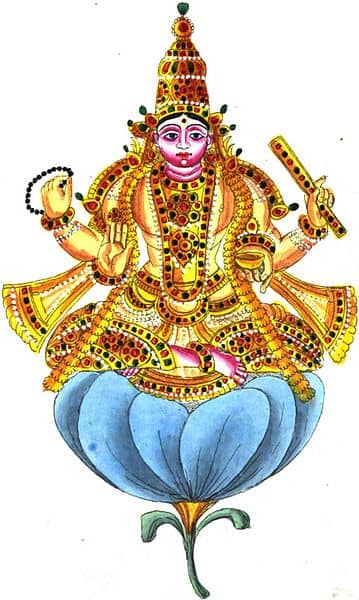How to Find Spouse First Alphabet in vedic astrology and characteristics of spouse – Part 2
How to Find Spouse First Alphabet in vedic astrology and characteristics of spouse – Part 2
Keywords : How to Find Spouse First Alphabet : Understanding spouse in astrology, physical appearance, 7th house, 7th lord and nature of spouse,Marriage and Relationships, spouse appearance in astrology, spouse astrology, Spouse First name, spouse in astrology, type of spouse in astrology, Vedic Astrology, first letter of my life partner astrology.
Introduction
As a result of reading the prior piece, we are now familiar with all of the characteristics necessary for appreciating the attributes of one’s partner and are able to identify all of the individuals who are or are not suitable candidates for marriage.
Apart from Natal chart 7th house, 7th lord, its nakashtra and lord placement, analysis of the “Up-Pada Lagna” and D9 is equally important to gain insight into the true character and attributes of the partner. However, Uppada Lagna is considered to be of considerable importance in Jamini astrology to true and soul nature of spouse. It is a concept that aids in determining the appropriate time to get married and offers insights into one’s experiences inside a marriage when it is used with chara dasha. It is necessary to have a more in-depth understanding of the 12th house, and then it is necessary to observe how the UL is the person who represents this. The Upapada, which can also be referred to as the Guana Pada, is that which rides the 12th house; it reveals who represents the image of the 12th house, your spouse or one who live always either in a sentence or in a house.
Spouse characteristics and understanding capable spouse from Natal Chart

When analysing a natal chart for marriage and relationship analysis The 12th house plays a major role in understanding Up-pada lagna, as the 12th house from the ascendant, is the house where you spend all of your intellectual and emotional energy, as well as what you have given in the past and what you provide physically to others. Its the house where you give or sacrifice everything. The 12th house represents places like prisons, hospitals, monasteries, ashrams, the joys of the bed, sleeping (which can cause loss of consciousness), and the bed in which one sleeps to loose your self conscious. Giving back to the community is an expression of one’s energy, and the 12th house reveals the channels via which one channels that energy. Giving to charitable causes is an example of shubha yoga, which is practised in the 12th rung of the yoga hierarchy. Ashubha yoga refers to the practise of placing one’s vitality in unfavourable circumstances, and malefics in the 12th signify doing so. The maranakaraka sthana in the 12th house is where the Sun is placed since the 12th house is Saturn’s domain and Saturn’s domain is devoid of life and light.
twelfth house is known as the home of sacrifice or giving, and the Arudha of this house reveals to whom you are making sacrifices. Those that benefit the most from your generosity are typically your wife and children. When a person first becomes financially independent and is able to provide, marriage naturally follows. Sometimes this giving will consist of little more than monetary assistance, while other times it will take the form of in-home caregiving. One must understand the significance of the fact that if there is no giving, then there is nothing to keep a connection going. You would not want to marry the partner if they had not done anything for you in the relationship.
The 7th house is the 8th house from the 12th house, and it reveals what is bringing together two people who were previously separate. The 12th house does not represent sexual activity; rather, it represents solitude or celibacy, and the 7th house, which is the 8th house from the 12th, is what brings an end to being alone. The 12th house is associated with sanyas and celibacy; the 8th house from this terminates that, causes a person to be married, and eliminates celibacy; hence, the 7th house must be pure in order to keep sanyas, and the length of sanyas may be seen from the 7th house. As a result, the UL is not utilised in order to view the sexual partner or sexual relations; rather, the A7 is utilised.
The 12th house is the house that comes 8th after the 5th house, and it provides insight into how long your kula, lineage, or family has been around. The UL reveals the members of your kula, family, or lineage who will assist you in ensuring their lifespan. The 7th house is located three houses away from the 5th house, which indicates that it is upachaya from the 5th house and that it will cause your kula to expand. The 12th house is the sixth house from the seventh house, and as it is also upachaya for the seventh house, this indicates that there will be an increase in sexual activity.
It is associated to the pleasures of the bed since this is the area where one can be alone to cultivate the seventh house and allow it to mature into genuine closeness. On the other side, the sixth house is located directly opposite the fifth house, making it a maraka, or “death giver,” to the fifth house. This placement is unfavourable for having children or expanding one’s kula, and it suggests that one should lead a celibate lifestyle. It is essential to keep in mind that the twelfth house plays a significant role in interpersonal connections, but it does not denote sexual urges or needs.
Readers can go through part 1st to understand all the factors responsible for spouse characteristics identification by bellow link :
https://vedicsiddhanta.in/2017/07/how-to-find-spouse-first-alphabet.html
What exactly is Up-pada lagna ? How it is related to Spouse characteristics

The term “Up-Pada lagna” is etymologically derived from the Sanskrit words “Upa,” denoting proximity or adjacency, and “Lagna,” which pertains to the ascendant or the initial house within a birth chart. The significance of Upapada Lagna in Jaimini astrology lies in its role as a crucial determinant of marriage and interpersonal connections. The aforementioned statement pertains to the representation of the Arudha Pada associated with the 12th house inside a natal chart. In Vedic astrology, the 12th house holds significance since it represents several aspects such as loss, expenses, foreign territories, and the characteristics of one’s spouse or partner. The Upapada Lagna plays a significant role in comprehending the intricacies and attributes of an individual’s matrimonial or partnership relationships.
The arrangement of celestial bodies and their interactions on the Upapada Lagna and its ruling planet can offer valuable insights into the dynamics of interpersonal connections, the attributes and traits of the marital partner, and the likelihood of entering into matrimonial or collaborative unions throughout one’s lifetime. The analysis of marital compatibility and comprehending relationship dynamics in Vedic astrology is contingent upon the consideration of a crucial aspect.
In order to determine the Upapada Lagna (UL), it is necessary to adhere to the following procedural guidelines:
Ascertain the placement of the lord of the twelfth house inside the natal chart. The planetary ruler of the 12th house in an individual’s natal chart is commonly referred to as the 12th house lord. Please determine the zodiac sign that is occupied by the ruler of the twelfth house. Please record the sign. Determine the equidistant number of signs from the location of the lord of the 12th house. The twelfth astrological sign in the zodiac is Taurus, and it is governed by the planet Venus. If the planet Venus is positioned in the astrological sign of Leo, which is four signs away from Leo, by counting four signs from Leo, we will arrive at the sign of Scorpio. According to astrological principles, Scorpio is considered to be the Upapada Lagna.
It is important to note that the Upapada Lagna holds significant importance in the natal chart and serves as a key element in Vedic astrology, especially employed for comprehending problems related to marriage and interpersonal relationships. This phenomenon has the potential to offer valuable perspectives on an individual’s partner and the intricate workings of a marital relationship. Various facets of marriage and relationships can be subjected to analysis.
The celestial body known as the “Darakaraka” is believed to symbolise the essence of an individual’s romantic partner and provides valuable understanding into their character and associated matters. The seventh house within an individual’s birth chart serves as an indicator of their interpersonal interactions and their manner of relating to the wider public sphere. This dwelling is additionally linked to Venus, the celestial body symbolising affection and romantic relationships. The romantic partner with whom one shares the deepest connection and exhibits the greatest degree of similarity.
12th house and Role in Marriage life
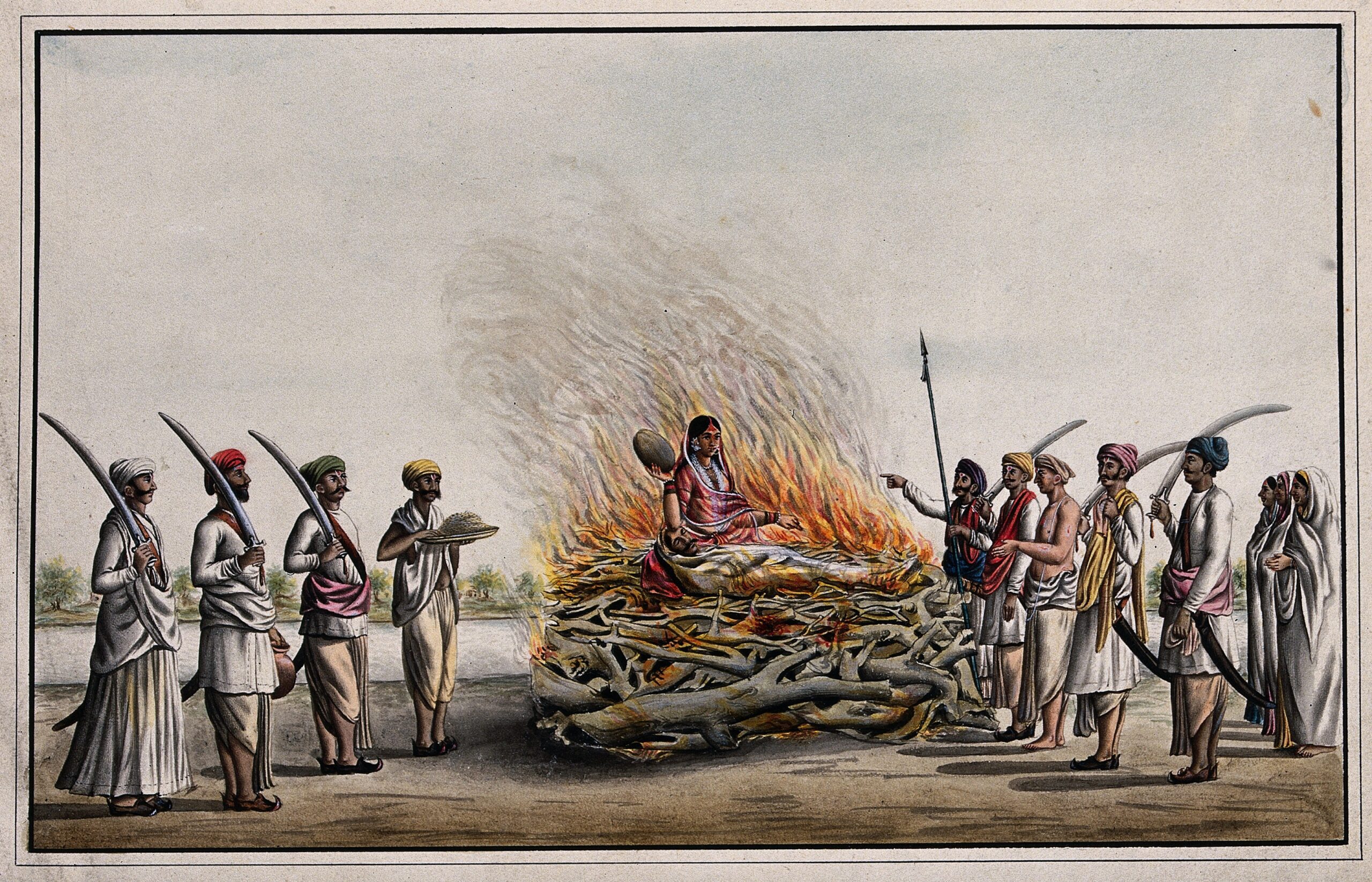
In order to have a deeper comprehension of the 12th house, it is necessary to direct our attention towards the Upapada Lagna (UL), which serves as its representative. The Upapada represents the symbolic representation of the 12th house, indicating the individuals or entities to whom one tends to offer their resources or support. The twelfth house symbolises the allocation of one’s physical, intellectual, and energetic resources. The term “it” can encompass several locations such as correctional facilities, medical institutions, spiritual retreats, and instances of misfortune, as well as sources of enjoyment, periods of rest, and the sleeping surface utilised.
The presence of benefic planets inside the 12th house is indicative of a propensity to contribute towards positive endeavours, whereas the presence of malefic planets suggests a tendency to contribute towards bad endeavours. When specific dwellings are positioned as the twelfth celestial body from the centre of our solar system, it signifies an inherent deficiency in the capacity to bestow vitality.
The 12th house is commonly linked with experiences of loss and acts of giving, with its Arudha signifying the primary recipients of one’s generosity, typically one’s spouse and offspring. The institution of marriage is typically entered into by those who have reached a certain level of financial independence and are capable of providing for their partner. The act of giving include both providing money assistance and attending to domestic responsibilities. The sustainability of a connection is contingent upon the presence of reciprocity.
The 7th house, positioned as the 8th from the 12th house in astrological charts, symbolises the institution of marriage and serves to alleviate feelings of solitude. The 12th house symbolises a state of celibacy, while the 7th house signifies the transition from celibacy to marriage. The 7th house is also indicative of the period of abstaining from marriage or sexual relations. The Arudha of the 7th house, commonly referred to as A7, is employed in the examination of sexual partners and relationships, as opposed to the Upapada Lagna (UL).
The concept of the UL symbolises the perceived rise or ascent, whereas the UL signifies the perceived concealment or illusion associated with the 12th house. It demonstrates a concrete manifestation of either a bestowal or deprivation. The term “UL” refers to the individuals who will play a significant role in ensuring the long-term survival and prosperity of one’s family.
The 12th house, being the 6th house from the 7th, signifies individuals or factors that contribute to the development of sexual endeavours and foster the establishment of intimate connections. According to astrological beliefs, the individual referred to as the marriage partner is associated with this concept. Additionally, the UL, which stands for the lord of the Upapada Lagna, symbolises the family of the partner.
Marriage is commonly understood as a significant and enduring partnership that is characterised by a high level of commitment and typically extends beyond a duration of one year. The Upapada signifies the concept of marriage in its inherent state, independent of any religious or legal ceremonial definitions. Ancient scriptures make reference to diverse forms of marriage, although it is imperative to refrain from interpreting them literally within contemporary society. The utilisation of the Universal Law (UL) can aid in distinguishing between various prospective marriage partners.
The initial partner is observed from the Ascendant, whereas the subsequent partner is observed from the eighth house relative to the Ascendant (referred to as UL2), and so forth. Identifying a suitable spouse can present difficulties, particularly in contemporary society, characterised by a wide range of relationship dynamics and levels of commitment. The characterization of each spouse can be discerned through the examination of several houses within the navamsa chart.
In instances involving several marriage partners, the UL2 is observed as the sixth element from the initial UL. The 6th house exhibits the presence of supplementary companions alongside the primary significator. The eighth house is indicative of the termination of a preceding relationship. The sixth house symbolises the process of growth and signifies the broadening of generosity in terms of expenditure.
The Darapada, which is also referred to as the A7 pada, is an extremely important tool for gaining insight into the personality of one’s partner along with sexual traits of partner. In order to determine it, one must count the seventh house from the ascendant and then locate the lord of that house in the Navamsa chart. The location of Darapada in the Navamsa chart reveals information about the spouse’s physical appearance, personality traits, and overall compatibility.
Eligibility of the Spouse ( UL) and actual Meaning
Whenever you are looking for deep relationship from natal chart, always check the UL (Up-pada) along with 7th house, 7th lord , Venus and Mars placement in both Natal and Navamsa chart which will indicate the actual nature of the eligible spouse. This should only be done for serious partnerships. Upapada, also referred to as ‘Arudha’ of the 12th bhava’ of the chart, The 12th Bhava signifies to give, to sacrifice, and to expand. This pada’s purpose is to ascertain how the native truly feels about their spouse on the inside.
The relationship between the lord of Upapada and the lord of Lagna will be the determining factor in determining whether or not the marriage or relationship will mature. If UL is well positioned in Trines or Kendra’s and also falls in trine to the lagna of the spouse, then this is the best match for marriage. If UL is not well placed in Trines or Kendra’s, then this is not the best match for marriage. If, on the other hand, the lord of the Upapada moves to the 12th house, this is interpreted as a sign that the marriage will not progress at all.
This might also be an indication that there are delays, difficulties, or unanticipated troubles developing in married life, which frequently result in the marriage being denied. Any planet that is located in UL reveals information about the soul character of the partner. For example, if the moon is located in UL, the partner is likely to be sensitive, highly kind, fair-skinned, and loving.
In the same manner, if Venus is located in UL, the nature of the partner’s romance, passion, beauty, artistic ability, and sensuality will be characterised by these qualities. If Ketu or Jupiter were situated in UL, the partner’s personality would be spiritual and fair if either planet was present there. Saturn in Ul would in some way bestow upon a married couple an Orthodox spouse who observes long-standing customs and fashions in married life. It is of the utmost importance that the sign or rasi of the Upapada be auspicious with respect to the Lagna of the native without any malefic influence. This is because the Upapada dictates the personality or attitude of the person towards the spouse, who is a lifelong partner.
The native’s moral rectitude and the manner in which they would treat their partner are both directly related to how fortunate it is for the native. If the UL Rasi were to suffer any kind of affliction, the entire picture of the traits of the spouse would shift. This would imply that the factors of compatibility (fidelity, affection, and so on), which constitute the basis for a successful spousal connection, are either doubtful or completely absent depending on the inauspiciousness or ailment of the UL sign.
Compatibility factors provide the basis for a good spousal relationship. If the 2nd Lord from the UL were to suffer an affliction, or if the 2nd Lord from the UL were to suffer an affliction in D9, there would be a disruption in married life because the 2nd Lord either maintains or dissolves the marriage connections. The malefic aspects of a situation illustrate how it can be broken, while the helpful aspects show how it can be sustained. They also demonstrate the necessity of a spouse in a married existence. Therefore, the total assessment of UL is the most crucial factor in comprehending the genuine character of a partner.
It has now been established that the Lord of Gaunapada, also known as the 12th Lord, plays a significant role in defining the nature of one’s spouse, as well as their family, siblings, pre- and post-marital troubles, the attitude of one’s spouse towards the individual, and whether or not a spouse brings joy or sadness into one’s life.
In most cases, an exalted lord of Upapada will bring a spouse from a noble family into the marriage. On the other hand, a debilitated lord of Upapada will bring a spouse from a family that is lower in status than the native’s family. A subsequent post will provide explanations of UL that are more in-depth than this one.
The 7th Lord, 7th House, and the Darapada ( A7)
An Examination of Sexual Relationships, casual affairs in the Natal Chart
The assessment of the 7th Lord’s placement in the natal chart provides insights about the corporeal dimensions of a relationship and its potential for success. The “A7” is associated with both commercial partnerships and intimate connections. The 7th house within the navamsa divisional chart provides insights into the partner’s aptitudes, capabilities, and overall disposition, hence assuming greater significance compared to the 7th house within the natal chart. Furthermore, it serves as an indicator of the sexual inclinations of the companion.
Whereas, , The term “Upapada” symbolises the individual who is chosen as a spouse or enters into a committed romantic partnership shows possible partner for marriage. The aforementioned statement elucidates the inherent characteristics of the familial background from which an individual originates, the manner in which interpersonal connections will be established, and the potential longevity of those relationships. Additionally, it offers valuable insights regarding the potential number of offspring resulting from said relationship in comparison to previous relationships. The Upapada can be utilised to ascertain the date of marriage and its eventual dissolution. The Upapada’s ruler, also known as the UL lord, serves as an indicator of the familial characteristics of the spouse and frequently mirrors the couple’s social standing.
Always verify the connectedness of the A7 or A7 Lord with the Arudha Lagna or AL Lord and the link with planets in the 7th House or the lord of that house when dealing with short-term relationships such as “boyfriends” or “girlfriends.” In most cases, having the 7th Lord also join A7 or A7 Lord indicates a deep infatuation with the person with whom they are having an affair. Additionally, it indicates a physical intimacy with partners if the 7th Lord also joins A7 or A7 Lord. When A7 is connected with UL it usually gives serious relationship or marriage.
General Reminder: Always consult the D1 Chart (Lagna) 7th House or 7th Lord for issues in the 1st Marriage Partnership, as well as the location and strength of the 7th Lord of the Lagna Chart (D1) in the D9 (Navamasa Chart—Chart of Marriage) for any affliction or not. In addition, consult the D1 Chart (Lagna) 7th House or 7th Lord for issues in the 1st Marriage Partnership.
This produces separations as well as denials and blockages in marriage, and the 6th house and its lord are primarily responsible for this. Additionally, the 6th house and its lord are primarily responsible for comprehending difficulties in getting into relationships, the 6th house and 6th lord are linked with the 7th lord in D9, they will always work to prevent and postpone marriage, and they have the potential to produce rifts in any existing partnerships. In a typical scenario, the positioning of the 7th Lord strengthens partnerships while the placement of the 6th Lord produces delays.
Note of General Importance: For Precise Information Regarding the Spouse Study of UL (Up-pada Needs to Be Studied in Depth), and for Short-Term Relationships, Living in Study of the (A7-Dara-pada) Need to Be Studied in Depth.
How to Find Spouse Alphabet and Name possibility
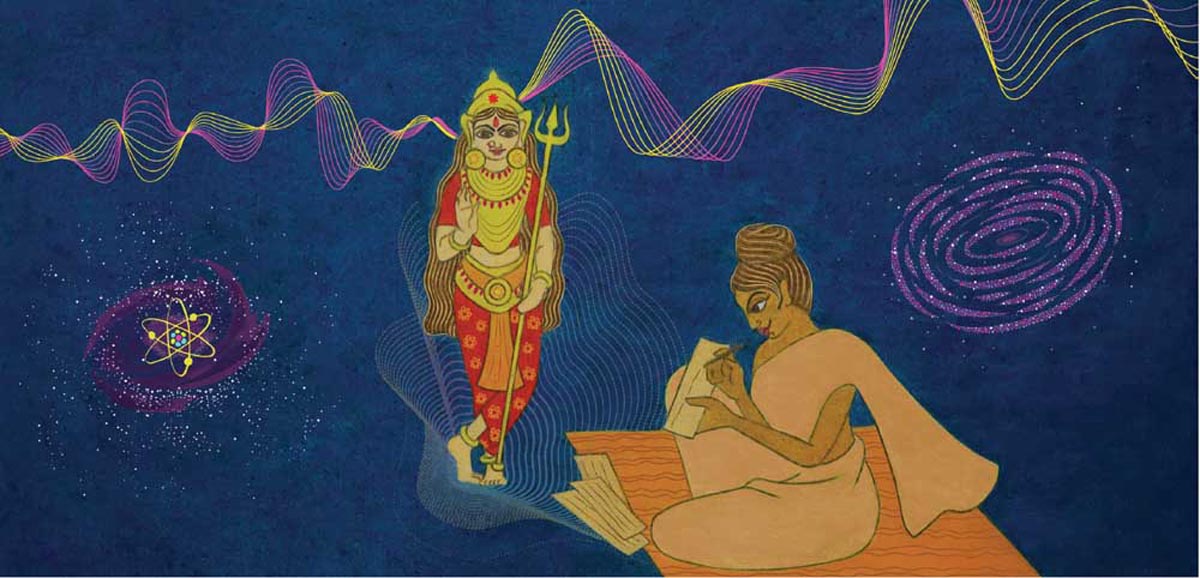
Now that the characteristics and qualities of the spouse have been determined, it is time to use the horoscope to try to determine the name characteristics, first letter, or Swara falling in the spouse’s name. This may be done after determining the features and qualities of the spouse. Even though it is a very difficult procedure to go through, it is rather accurate and provides some insight into it as well. Deciphering it is not always difficult, but the majority of the time it requires a great deal of patience to fully grasp the notion.
Checking the Nakshatra of the 7th Lord planet, as well as its Pada and the lord of the Nakshatra Direction in D1, is necessary in order to determine the initial letter of the spouse’s name or name. This will tell you everything there is to know about that Nakashtra, and in addition to that, it will also give you the name of the spouse associated with the first letter.
This nakshatra will tell you everything you need to know about the characteristics of your future partner. After that, you should determine who the lord of the nakshatra is and where in your horoscope the lord of the nakshatra is located. Check also whether Nakshatra Lord Sign Depositor is seated in which sign or house; this will tell you the direction as well.If the lord of the Nakshatra is located in the tenth house, then further information will be provided regarding the hints of the name, the clues of the naming ritual, and the characteristics of the spouse that identify her name.
Conditions to Be Check for Spouse Alphabet and Traits
Case Study 1 : Male | Single ( Aq ) Lagna :
1) Native 7th Lord Sun in Pisces Sign (Spiritualistic Sign): Native will get a spiritual, emotional, and thought-full spouse, but somehow to mean self-centered and egoistic as well (Sun 8th from its own sign).
2) Native 7th Lord Sun in Aquarius Sign (Water Sign): Native will get a spiritual, emotional, and thought-full spouse.
3) The seventh Lord Nakashtra is Poorva Bhadrapada, and the deity associated with it is Rudra. The fourth Pada (Moksha) Nakashtra is a cruel and mean sign that is controlled by Jupiter. Therefore, the character and attributes of the future husband will be determined only by Poorva-Bhadra. The Nakashtra is a symbol of a man with two faces. It causes burns, punishes by fire, to cause pain, to burn things to ashes, to use words that burn, to conduct that blisters, to use harsh words, to have a wicked disposition, cruelty, greediness, restlessness, a feeling of despair, and unsatisfied ambition, to burn slowly, to have a sudden excess of anger, and other things like that. When viewed from an anthropomorphic perspective, the side of Kalapurush’s body In Moksha Pada, this means that the native may obtain a spouse, which may allow them to develop their spirituality or to be involved in spiritualism; nevertheless, it also suggests that she may be of a lonely temperament.
3) Nakshatra (Indian) Because the Depositor Lord Venus is located in the 12th house, which is the House of Tapa and Moksha or Mediation, the native must be getting a spouse having Venusian qualities, having spirituality in the soul, and she may belong from another land or she may like to tapa as well. Since Jupiter is located in the 9th house, which is the House of Dharma and Luck, the significance of dharma, karma, and Bhagya will all improve. Therefore, the name carries a great deal of significance in relation to the Dharma and having an artistic disposition.
As Guru is in Rahu Nakshatras in the 3rd Pada (Kama, passionate behaviour), the spouse will be very passionate, sensual, and skilled in the art of negotiation; they will be good in all artistic pursuit matters; they must also be good in business dealings; and they will uplift the Dharma and Bhagya. The category of Swati Nakastra is represented by the letters Ro, Ru, Re, Ra, and Taa, and Guru is located in the third pada of the Rahu Nakashtra (Swati) horoscope. Therefore, Natives Must Marry Partners Whose First Names Begin with the Letter “R”.
Lord number 7 The Moon derives from Venus, and the Moon is currently stationed in the 10th house of the Nakashtra of the Lord of Jupiter. Jupiter, meanwhile, is currently located in the sign of Libra in the 9th house, where it is subject to the influence of the Libra sign, which is ruled by both Guru and Rahu in addition to Venus. In Swati nakshtra, the guru is the same as the lord of the moon nakshatra. Since the seventh, Venus also offers a clue to the letter “R” in the name.
4) The constellation of Jupiter known as Swati Lord Rahu is located in the fifth house in Guru Nakshtra (also known as Punurvase Nakshtra and Jupiter Nakshtra), and Lord Mercury, the Depositor, is located in Rahu Nakshtra in Lagna, with an aspect to the seventh house: Therefore, a local will end up with a partner who is exceptionally perceptive and knowledgeable.
Since Guru is located in Rahu Nakshatra and Rahu is located in Guru Nakshatra, around Pada 2, the Swati Nakshtras have been given the letter R as their name. Swati is ruled by a windy deity, therefore names should be inspired by wind. Additionally, since Rahu is in a dual sign, it is possible that two names will be involved.
Case Study 2: Male | Married | Capricon Lagna
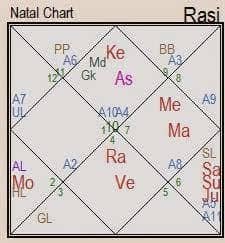 1) The 7th Lord of the Native Zodiac is the Moon, and it is located in the 5th House of the Taurus Sign (Sukh, Pleasure, Wealth, and Family Growth): Natives need to have a loving wife and a caring spouse who are able to bring growth in all material concerns into their lives.
1) The 7th Lord of the Native Zodiac is the Moon, and it is located in the 5th House of the Taurus Sign (Sukh, Pleasure, Wealth, and Family Growth): Natives need to have a loving wife and a caring spouse who are able to bring growth in all material concerns into their lives.2) Since the native 7th Lord Nakashtra is in Kritika (Lord Sun, Brave and Administrative), in the 3rd Pada (Kama, Desire of all Sukh), she would bring all Sukh to the native family once she is married. The seventh deity resides in the constellation of Kritika Nakashtra, which translates to “women who can burn anything and have all of the qualities of the sun and Agni.” Agni represents Devata. Agni is the god, and the Sun is the planet that he rules over. Agni is known as the “great consumer” and “great purifier,” in addition to being the source of light, heat, and brightness. Agni is the source of both the living fire and the drive. In addition to this, it is the impetus for life. Creation would not take place in the absence of fire. Agni is the driving force behind both the beginning of existence and its continued unfolding. It eats up everything in its path.
Agni refers to both the internal fire that aids in digestion and the external fire that is used for cooking; these are just two distinct manifestations of the same fundamental concept. Agni is the Hindu god of light and brilliance, and firepower is a characteristic shared by all weapons. The Krittika group can also include additional objects that belong to the same category as long as they fall within its scope. Because it destroys all that is evil, dark, and dull in addition to everything that is low, sinful, and inauspicious in the world, fire is seen as a purifier. Only effulgence and light were left after the dross was consumed by the flames.
Fire is what gives the earth its activity and dynamic, and it is what brings the earth back to life after the cold spells that periodically put the earth in a comatose state. The Krittika group’s influence on the cause of the fire may be inferred with relative ease using this evidence. Therefore, she will serve as a beacon of hope for the indigenous people, one that can eradicate any unfavourable aspects of native way of life.
3) The Nakashta The native will meet his wife via work environment or in work environment, and she will bring all forms of social as well as career growth to the native life, including wealth (1st Pada) and Dharama (9th house) to the native as well as add luck and spirt to the native’s life. Because Lord Sun is in the 9th house in Hasta nakashtra, the Nakashtra of Skills and Hands, in Dual Sign (Virgo), and in the 1st Pada.
Pu, Sha, Na, and Thaa are the deities that reign over Hasta Nakashtra.Therefore, the native spouse will be governed by all of these letters and names because the 7th depositor is in the first pada in Hasta. This indicates that the name must have a strong influence of the letter “Na” and must be a combination of two names as what the dual sign signifies because the 7th Lord Nakashtra Lord is in dual sign. The native wife has a prominent role of Sun, Saturn, and Jupiter (mixed influence), and all attributes will be within the grasp of the sun (dharma). Saturn is the seventh planet from Venus, and it is also located in the ninth house, which is the home of Jupiter and the Sun.
Since Hasta, the lord of the Sun nakashtra, is also the lord of the 5th house, and since Moon is also the lord of the 7th house, this indicates that the native wife must be highly emotional, sympathetic, and tender. Because of this, her name must be one that has a Moon Role in real life, and the authentic Native Spouse Name begins with the letter “Na.” Her name is “Navneeta,” and it begins with the letter “Na.” A name formed by combining the following: Nav with “Neeta” equals Nav plus Neeta, which equals “Navneeta,” which implies exceedingly smooth, very soft, and similar to butter in texture.
Regards,
Rocky Jamwal
Views: 3147





